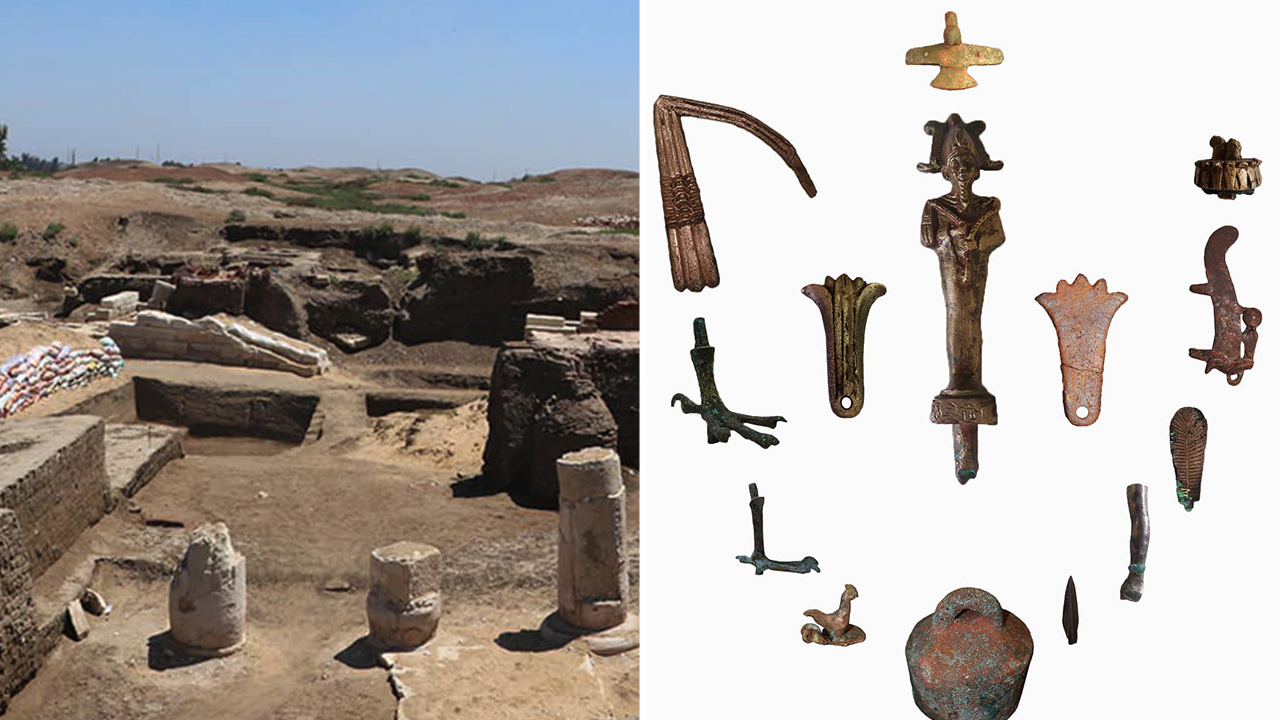- Total News Sources
- 2
- Left
- 0
- Center
- 0
- Right
- 2
- Unrated
- 0
- Last Updated
- 86 days ago
- Bias Distribution
- 100% Right


Historic Astronomical Observatory Discovered in Egypt
Archaeologists in Egypt have uncovered the first and largest astronomical observatory from the 6th century B.C.E. at the Buto temple site in Kafr El-Sheikh, spanning approximately 850 square meters. The ruins feature several chambers, including an L-shaped hall with central columns and an entrance facing east, designed for optimal solar observation. Notable artifacts include a rare slanted stone sundial, or 'shadow clock,' which served as a significant timekeeping device by tracking the sun's movements. The observatory also contained engravings documenting seasonal sunrise and sunset patterns, as well as statues of ancient deities, emphasizing the Egyptians' sophisticated understanding of astronomy integrated with their culture. This discovery enhances our knowledge of ancient Egyptian astronomical practices and their importance in religious and daily life, as detailed in various reports by the Egyptian Ministry of Tourism and Antiquities. The find is expected to provide further insights into the ancient civilization's scientific advancements and their relationship with celestial phenomena.


- Total News Sources
- 2
- Left
- 0
- Center
- 0
- Right
- 2
- Unrated
- 0
- Last Updated
- 86 days ago
- Bias Distribution
- 100% Right
Stay in the know
Get the latest news, exclusive insights, and curated content delivered straight to your inbox.
